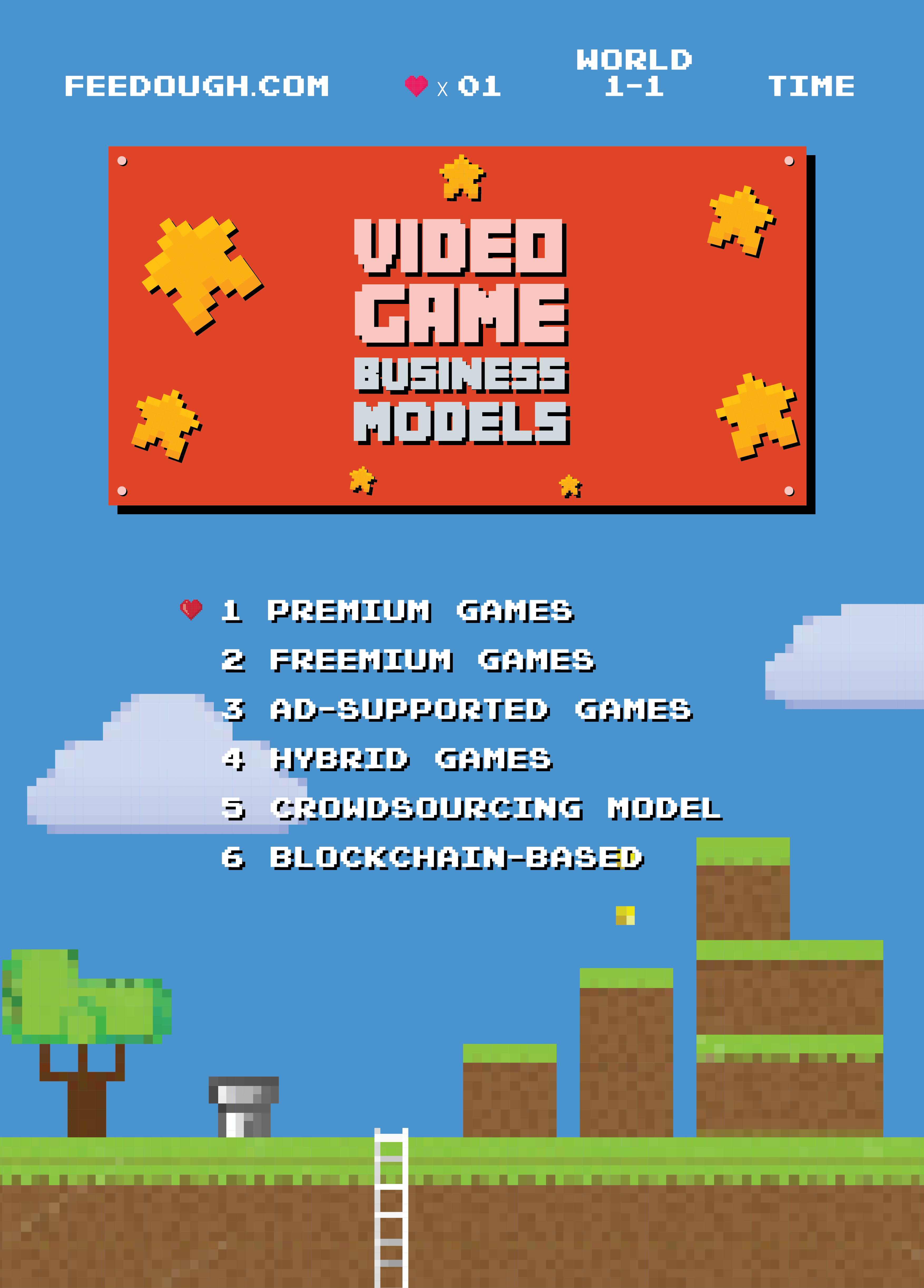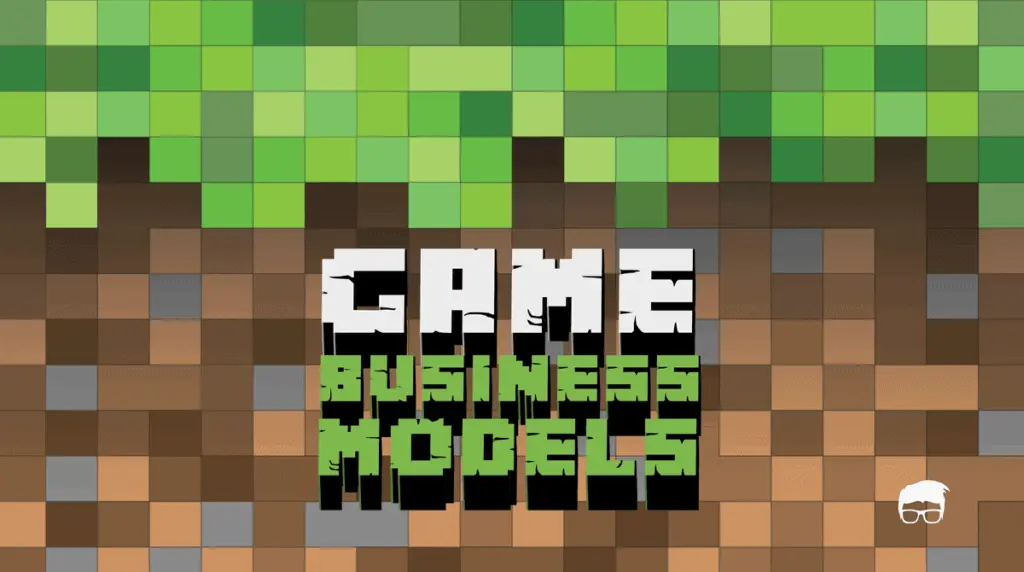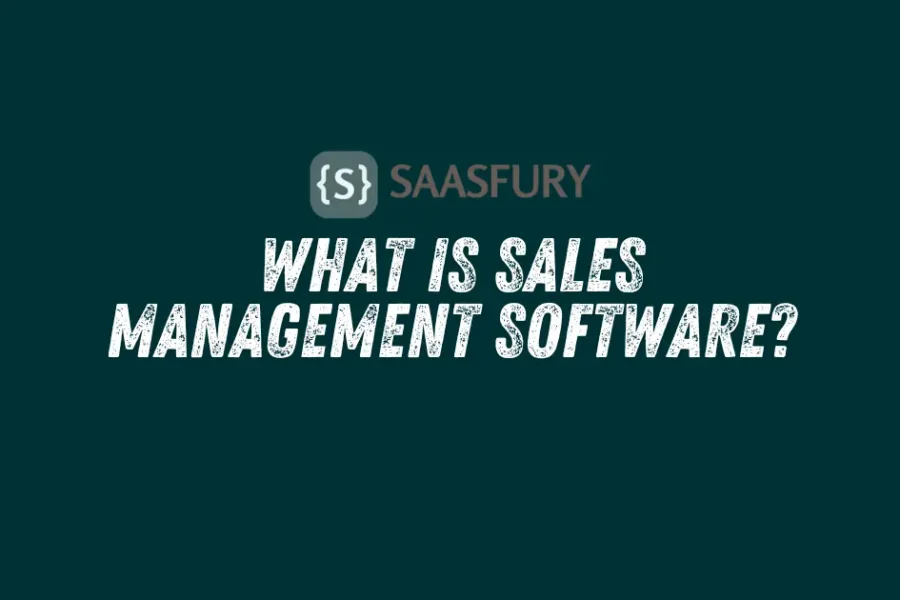To choose the right business model for your game, analyze your target audience and understand your revenue goals. Evaluate different monetization strategies to find the best fit.
Choosing the right business model is crucial for your game’s success. Game developers need to consider their audience, game type, and long-term goals. Monetization strategies like free-to-play, subscription-based, or premium models can impact player experience and revenue. Free-to-play games often rely on in-app purchases and ads, making them suitable for a broad audience.
Subscription models offer steady income but require high-quality, engaging content. Premium models, with one-time purchases, attract players who prefer upfront payments without ongoing costs. By understanding these options, developers can align their game’s business model with their objectives, ensuring sustainability and player satisfaction.
Table of Contents

Credit: sap.silvertouch.com
Freemium Model
The Freemium Model is a popular business strategy in the gaming industry. It allows players to download and play games for free. Revenue is generated through in-game purchases and premium features.
What Is Freemium?
The term “Freemium” combines “Free” and “Premium.” In this model, the game is free to play. Players can access basic features without spending money. To unlock advanced features, users need to make in-game purchases.
Pros And Cons
| Pros | Cons |
|---|---|
|
|
Examples Of Successful Freemium Games
Several games have thrived on the Freemium model:
- Fortnite: Offers free gameplay with purchasable skins and items.
- Clash of Clans: Free to play, but with in-app purchases for gems.
- Candy Crush Saga: Free levels, with options to buy extra moves and lives.
These games have millions of daily active users. They generate substantial revenue through in-game purchases.

Credit: www.feedough.com
Subscription Model
Choosing the right business model for your game is crucial for success. One popular option is the Subscription Model. This model provides ongoing access to content for a regular fee. It offers a steady revenue stream and can build a loyal customer base.
How Subscriptions Work
In a subscription model, players pay a recurring fee. This fee can be monthly, quarterly, or yearly. Subscribers gain access to exclusive content, features, or services. This model encourages ongoing engagement and long-term commitment.
| Subscription Type | Duration | Access |
|---|---|---|
| Monthly | 30 days | Full access |
| Quarterly | 90 days | Full access |
| Yearly | 365 days | Full access |
Benefits And Challenges
The subscription model offers several benefits:
- Predictable and steady revenue
- Enhanced player loyalty and retention
- Continuous content updates
But there are also challenges:
- High expectations for new content
- Potential for subscriber churn
- Initial setup costs
Case Studies
Successful games using the subscription model include:
- World of Warcraft: Offers monthly subscriptions with regular content updates.
- Final Fantasy XIV: Provides a rich, immersive experience with quarterly expansions.
- Xbox Game Pass: Offers a library of games for a monthly fee.
These games have shown the value of subscriptions. They deliver fresh content regularly and build strong communities.
Pay-to-play Model
Choosing the right business model is crucial for your game’s success. One popular option is the Pay-to-Play Model. This model requires players to purchase the game upfront. Let’s dive into the details of this model.
Understanding Pay-to-play
The Pay-to-Play model involves a one-time purchase. Players pay a set price to access the game. This model can provide a steady revenue stream. It also ensures commitment from the players.
Games with extensive content often use this model. It appeals to players who want a complete experience without microtransactions. Developers also gain a clear, upfront payment.
When To Use This Model
Consider the Pay-to-Play model if your game offers rich, immersive content. Use it when your game has high production value. It suits single-player games with a strong narrative. It also works for multiplayer games with a loyal following.
This model is ideal for premium games. It works well with established franchises. It attracts players willing to invest in a quality experience.
Notable Examples
Many famous games use the Pay-to-Play model. Here are some notable examples:
| Game Title | Developer | Year Released |
|---|---|---|
| The Witcher 3: Wild Hunt | CD Projekt Red | 2015 |
| Red Dead Redemption 2 | Rockstar Games | 2018 |
| Minecraft | Mojang Studios | 2011 |
These games offer rich content and immersive worlds. They justify the upfront cost with their quality and depth.
In-game Advertising
In-game advertising is a popular way to earn money from your game. This method involves showing ads to players while they play. This can be a great way to monetize without charging players directly. Let’s look at how to use in-game ads effectively.
Types Of In-game Ads
There are several types of in-game ads to consider. Each type has its own benefits and drawbacks.
- Banner Ads: These are small ads placed at the top or bottom of the screen. They are non-intrusive and always visible.
- Interstitial Ads: Full-screen ads that appear at natural breaks in the game. These are more noticeable but can be disruptive.
- Rewarded Video Ads: Players watch a video ad in exchange for in-game rewards. This type is very engaging and can increase user satisfaction.
- Native Ads: Ads that blend with the game’s interface. These ads feel like a natural part of the game.
Revenue Potential
In-game ads can generate significant revenue. The amount depends on various factors.
| Ad Type | Revenue Potential |
|---|---|
| Banner Ads | Low to Medium |
| Interstitial Ads | Medium to High |
| Rewarded Video Ads | High |
| Native Ads | Medium to High |
Rewarded Video Ads often have the highest revenue potential. They provide value to both players and developers.
Balancing Ads With User Experience
Balancing ads with user experience is crucial. Too many ads can drive players away. Here are some tips to maintain balance:
- Limit Ad Frequency: Avoid showing ads too often. This keeps players engaged.
- Use Rewarded Ads: Give players control over ad viewing. They will feel rewarded.
- Strategic Placement: Place ads at natural breaks. This minimizes disruption.
- Test and Optimize: Regularly test ad placements and formats. Find what works best for your game.
Balancing ads ensures a pleasant user experience while maximizing revenue. Make sure your players enjoy the game and the ads don’t interrupt their fun.
Hybrid Models
Choosing the right business model for your game is crucial. One effective strategy is using hybrid models. This involves combining different business models to maximize revenue and player satisfaction. It offers flexibility and caters to a broader audience.
Combining Business Models
A hybrid model blends multiple business strategies. For example, you can mix a freemium model with in-app purchases. Players can download the game for free and buy extra features. Another option is combining a subscription model with advertising. Users pay a monthly fee to remove ads while others generate ad revenue.
| Business Model | Description | Example |
|---|---|---|
| Freemium | Free basic game, paid premium features | Fortnite |
| In-App Purchases | Buy items or upgrades within the game | Clash of Clans |
| Subscription | Monthly fee for premium content | Apple Arcade |
| Advertising | Revenue from in-game ads | Angry Birds |
Advantages Of Hybrid Models
- Increased Revenue Streams: Multiple income sources boost overall revenue.
- Player Flexibility: Offers choices, enhancing player satisfaction.
- Market Adaptability: Adjusts to market trends and player preferences.
Hybrid models also help in risk management. If one revenue stream fails, others can balance it. This makes the business model more robust.
Successful Implementations
Several games have successfully implemented hybrid models. For example, Fortnite combines freemium and in-app purchases. Players can enjoy the game for free but buy skins and other items.
Clash of Clans uses a similar approach. The game is free to download, but offers in-app purchases for faster progression. This hybrid model keeps players engaged and willing to spend money.
Apple Arcade is another example. It uses subscriptions to remove ads and offer premium content. This hybrid approach attracts both casual and serious gamers.
Market Research
Market research is essential for choosing the right business model for your game. It helps you understand your audience, your competitors, and the current trends. This way, you can make informed decisions that maximize your game’s success. Here are some key areas to focus on:
Analyzing Player Demographics
Understanding your player demographics is crucial. Identify the age, gender, and location of your target audience. This information helps tailor your game to their preferences.
- Age: Are you targeting kids, teens, or adults?
- Gender: Is your game more appealing to males, females, or all genders?
- Location: Which regions are most interested in your game?
Use surveys, social media insights, and analytics tools to gather this data. Knowing your audience helps you choose a suitable business model.
Competitive Analysis
Analyze your competitors to understand their strengths and weaknesses. Look at their business models and see what works and what doesn’t.
| Competitor | Business Model | Strengths | Weaknesses |
|---|---|---|---|
| Game A | Freemium | Large user base | High churn rate |
| Game B | Subscription | Steady revenue | Limited user growth |
Identify gaps in the market that your game can fill. This helps you decide on a business model that stands out.
Identifying Trends
Staying updated with industry trends is vital. Follow gaming blogs, forums, and social media to spot emerging trends.
- Look for popular game genres.
- Observe new monetization methods.
- Note technological advancements.
Trends can guide you in choosing a business model that aligns with current market demands.
For example, if mobile gaming is rising, consider a model that suits mobile platforms.
By focusing on player demographics, competitive analysis, and trends, you can choose the right business model for your game. This ensures your game’s success in a competitive market.
Monetization Strategy
Choosing the right monetization strategy is crucial for your game’s success. It affects your revenue and players’ experience. Let’s dive into key elements for an effective monetization strategy.
Aligning Monetization With Gameplay
Your monetization methods should fit seamlessly into your gameplay. Players should not feel forced to spend money. The experience must remain enjoyable.
- Integrate in-game purchases that enhance gameplay, not dominate it.
- Offer optional ads for rewards, like extra lives or coins.
- Ensure that premium items do not create an unfair advantage.
User Retention Techniques
Keeping players engaged is vital. Retention drives long-term success and revenue. Use these strategies to keep players coming back.
- Provide daily rewards for consistent logins.
- Create limited-time events with exclusive prizes.
- Offer season passes with tiered rewards.
Measuring Success
Track your monetization efforts to see what works. Use these metrics to measure success:
| Metric | What It Measures |
|---|---|
| Average Revenue Per User (ARPU) | Revenue generated per player. |
| Conversion Rate | Percentage of players making purchases. |
| Retention Rate | Percentage of players returning to your game. |

Credit: www.feedough.com
Frequently Asked Questions
What Factors Influence The Choice Of A Business Model?
Choosing a business model involves assessing target audience, market trends, and revenue potential. Consider development costs and potential profit margins. Analyze competitor strategies for insights.
How Does Game Genre Impact Business Model?
Different game genres attract various player types. This affects monetization strategies. For instance, RPGs may benefit from in-app purchases, while casual games might rely on ad revenue.
Which Business Models Suit Indie Game Developers?
Indie developers often use freemium, ad-supported, or one-time purchase models. Freemium models can attract a larger player base, while ad-supported games generate continuous revenue.
Are Hybrid Business Models Effective For Games?
Yes, hybrid models can combine in-app purchases with ads. This maximizes revenue streams. They cater to different player preferences and increase overall monetization opportunities.
Conclusion
Choosing the right business model is crucial for your game’s success. Consider your audience, budget, and long-term goals. Experiment, analyze, and adapt to find the perfect fit. With the right approach, you can maximize profits and player satisfaction. Stay flexible and keep learning to thrive in the ever-evolving gaming industry.







Leave a Comment